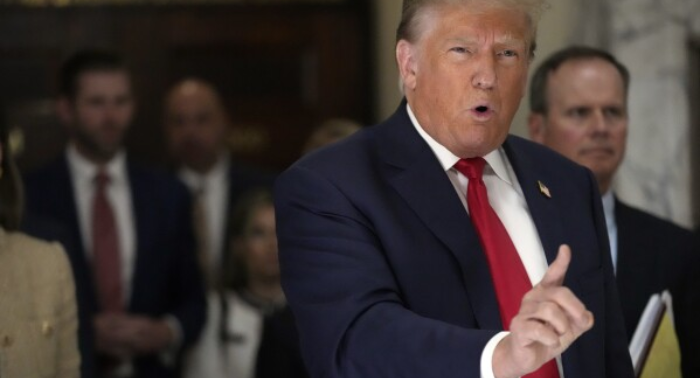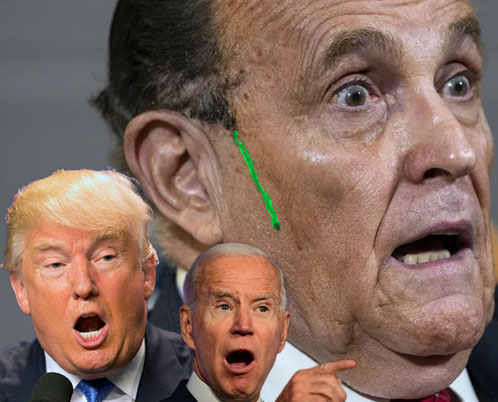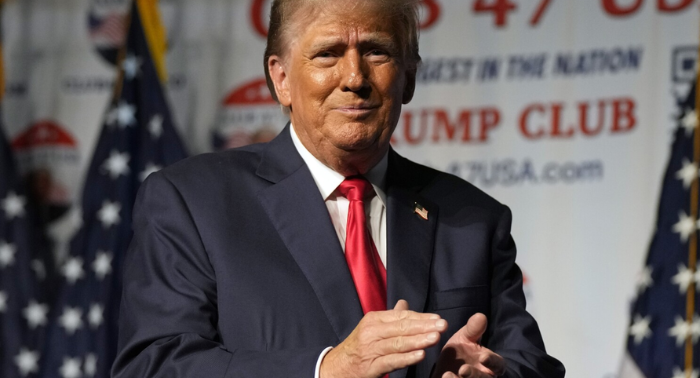Consumer price growth in the United States decelerated last month, with a mere 0.1% increase from April to May, continuing the steady deflation trend observed over the past year. However, certain indicators of intrinsic price pressures remained elevated.
Assessed year over year, the inflation rate decreased to a mere 4% in May — the most modest 12-month figure in over two years, significantly below April’s 4.9% annual increase. The deceleration was attributed to falling fuel costs, moderated surges in food prices, and other items.
The overall decrease in inflation may not convince the Federal Reserve’s decision-makers that they are nearing their goal of mitigating the soaring inflation that has affected the country for two years. The Fed typically places greater emphasis on “core” prices, which exclude fluctuating food and energy expenses and usually offer a more accurate representation of inflation.
Core prices, however, remained high in May, increasing 0.4% from April, marking the sixth consecutive month of increases at that level or above. When compared to the previous year, core inflation dipped to 5.3% from 5.5%, still significantly above the Fed’s 2% target.
The inflation data on Tuesday comes as Fed officials commence an important two-day session, after which they are anticipated to maintain interest rates after ten consecutive rate hikes since March 2022.
On Wednesday, the central bank is expected to declare that it will forgo a rate hike this time, but may indicate that it will recommence rate increases as early as July. Senior Fed officials have hinted at favoring a so-called “skip” to allow time to analyze the effects of their rate hikes on inflation and the broader economy.
The persistence of core inflation represents a primary challenge for the Fed: The economy has continually defied long-standing recession predictions for over a year. Instead, firms continue to recruit at a robust pace, average wages are rising, and employees are spending their increased income freely.
Senior Fed officials have indicated their inclination toward a so-called “skip” as they wish to evaluate the impacts of their rapid rate hikes on inflation and the wider economy. Over the past 15 months, the Fed has increased its benchmark rate by a substantial 5 percentage points — the most rapid rate of increases in forty years.
These hikes have led to significantly increased costs for mortgages, auto loans, credit cards, and business borrowing. The Fed’s intention is to curb borrowing and spending, cool down the economy, and manage inflation without precipitating a severe recession – a notoriously complex balancing act.
Some indications suggest that the Fed’s efforts are yielding the desired outcomes. Inflation is projected to decline substantially in the June figures to be reported next month. Some economists estimate that annual price growth could decrease as low as 3.2%, a stark contrast from the peak inflation of 9.1% in June 2022, the highest in four decades.
Any significant drops in inflation during May and June would partly reflect the high price increases during those months last year. As these months drop out of the year-over-year inflation calculations, they are replaced by smaller monthly gains, causing a sharp reduction in annual inflation measures.
However, core prices are predicted to remain high in May, pushed up by another surge in used car prices and consistent rental cost increases. Used car prices soared 4.4% just from March to April, and economists expect another increase, albeit smaller, from April to May.
Alan Detmeister, an economist at UBS, estimates that increased rent and used car prices will contribute to about three-quarters of the May increase in core inflation. However, he expects both items to likely decrease in the upcoming months, as wholesale prices of used cars have started to decline, and apartment vacancy rates are increasing, leading




